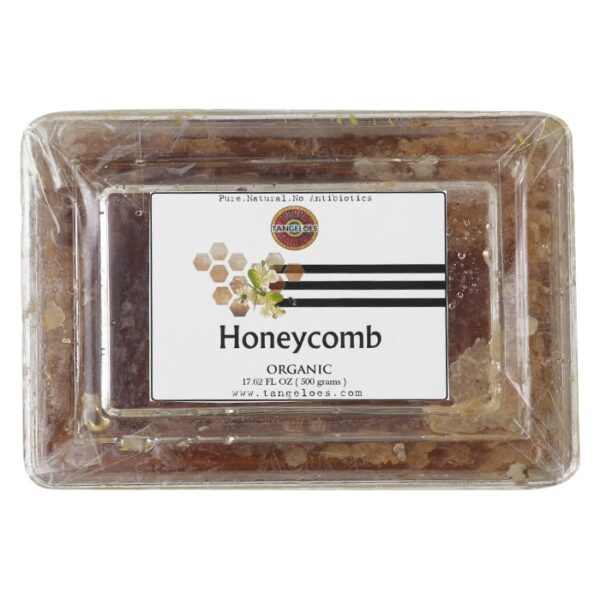Blog
Honey

Facts about honey
Ancient Origins: Honey has been consumed by humans for thousands of years. The oldest evidence of honey collection dates back to 8,000 years ago, found in a cave in Georgia.
Unique Flavors: The flavor and color of honey can vary depending on the floral source. Different flowers impart distinct flavors, giving rise to a wide range of honey varieties, such as clover, lavender, orange blossom, and acacia honey.
Eternal Shelf Life: Archaeologists have discovered pots of honey in ancient Egyptian tombs that are over 3,000 years old and still perfectly edible.
Healing Properties: Honey has been used for its medicinal properties for centuries. It can be applied topically to promote wound healing and soothe burns, ulcers, and skin infections.
Unique Flavors: The flavor and color of honey can vary depending on the floral source. Different flowers impart distinct flavors, giving rise to a wide range of honey varieties, such as clover, lavender, orange blossom, and acacia honey.
Eternal Shelf Life: Archaeologists have discovered pots of honey in ancient Egyptian tombs that are over 3,000 years old and still perfectly edible.
Healing Properties: Honey has been used for its medicinal properties for centuries. It can be applied topically to promote wound healing and soothe burns, ulcers, and skin infections.

How is it made?
The process of honey production involves several steps carried
out by honey bees.
• Bees collect nectar from flowers using their proboscis.
• Nectar is stored in the bee's honey stomach or crop.
• Enzymes are added to the nectar, breaking down sugars.
• Bees bring up the nectar into honeycomb cells through
trophallaxis.
• Bees fan their wings to evaporate water from the nectar.
• Cells are capped with beeswax to seal the honey.
• Enzymes continue ripening the honey over time.
• Beekeepers harvest capped honeycomb frames.
• Honey is extracted, strained, and bottled.
out by honey bees.
• Bees collect nectar from flowers using their proboscis.
• Nectar is stored in the bee's honey stomach or crop.
• Enzymes are added to the nectar, breaking down sugars.
• Bees bring up the nectar into honeycomb cells through
trophallaxis.
• Bees fan their wings to evaporate water from the nectar.
• Cells are capped with beeswax to seal the honey.
• Enzymes continue ripening the honey over time.
• Beekeepers harvest capped honeycomb frames.
• Honey is extracted, strained, and bottled.
Tangeloes Honey
When it comes to honey,
Tangeloes has a plentiful supply. All-natural, genuine honey is an ingredient in our goods. Instead of merely providing basic honey, we considered offering another perspective on honey. Our honey
selection includes :
• Honey & Ginger to battle with sickness
• Honey Comb has the most vitamins, enzymes and mineral its perfect for health.
• Honey Soap to achieve the perfect supple skin.
• Honey & Saffron perfect for regulating body immune system, nowadays with so many viruses this mixture is the best to stay safe.
And much more.
Go and check our website and don’t forget to get your honey.
Tangeloes has a plentiful supply. All-natural, genuine honey is an ingredient in our goods. Instead of merely providing basic honey, we considered offering another perspective on honey. Our honey
selection includes :
• Honey & Ginger to battle with sickness
• Honey Comb has the most vitamins, enzymes and mineral its perfect for health.
• Honey Soap to achieve the perfect supple skin.
• Honey & Saffron perfect for regulating body immune system, nowadays with so many viruses this mixture is the best to stay safe.
And much more.
Go and check our website and don’t forget to get your honey.
Benefits Of Honey
• Skin Health: Honey is used in various skincare products due to its potential benefits for the skin. It can help moisturize, soothe, and nourish the skin, making it a popular ingredient in natural skincare remedies.
• Digestive Health: Some types of honey, such as Manuka honey, have been studied for their potential benefits in supporting digestive health. Honey may help soothe digestive issues like stomach ulcers and promote a healthy gut microbiome.
• Energy Booster: Honey is a natural source of carbohydrates, primarily in the form of glucose and fructose. These sugars provide a quick energy boost, making honey a popular choice for athletes and those needing a natural pick-me-up.
• Digestive Health: Some types of honey, such as Manuka honey, have been studied for their potential benefits in supporting digestive health. Honey may help soothe digestive issues like stomach ulcers and promote a healthy gut microbiome.
• Energy Booster: Honey is a natural source of carbohydrates, primarily in the form of glucose and fructose. These sugars provide a quick energy boost, making honey a popular choice for athletes and those needing a natural pick-me-up.
It's important to note that while honey offers potential benefits, it should be consumed in moderation due to its high sugar content. Additionally, honey should not be given to infants under one year old due to the risk of botulism.












